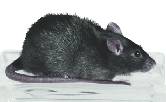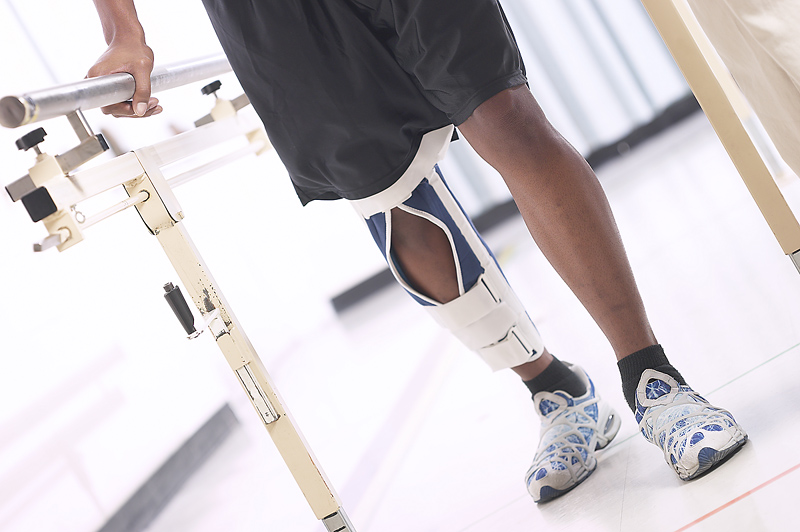
THURSDAY, Nov. 18 (HealthDay News) — The spleen may be a major source of cells that cause inflammation and exacerbate the damage at the site of a spinal cord injury, a new animal study suggests.
The findings could change the focus of efforts to find new treatments for spinal cord injuries, researchers said.
While most spinal cord injury research has focused on bone marrow as the source of these inflammation-causing cells called macrophages, some studies have suggested that another source may be the spleen, which helps the body fight infections.
This study, conducted by researchers from Ohio State University, compared two groups of mice with spinal cord injuries: mice that had spleens and another group whose spleens were removed before the injury. Two weeks after spinal cord injury, macrophage levels were 20 percent lower in the injured mice without spleens.
“The spleen is releasing cells that are traveling to the injury site, and it’s a significant number of cells,” study leader Alicia Hawthorne, a postdoctoral researcher in neuroscience at Ohio State University, said in a university news release.
“If we could target the spleen to decrease these cells or change their properties and make them less destructive, this might help promote the repair process as opposed to letting them cause inflammation or further damage to neurons,” she added.
The study was presented at the recent annual meeting of the Society for Neuroscience. Because it was presented at a medical meeting, the data and conclusions should be viewed as preliminary until published in a peer-reviewed journal.
More information
The U.S. National Institute of Neurological Disorders and Stroke has more about spinal cord injuries.

